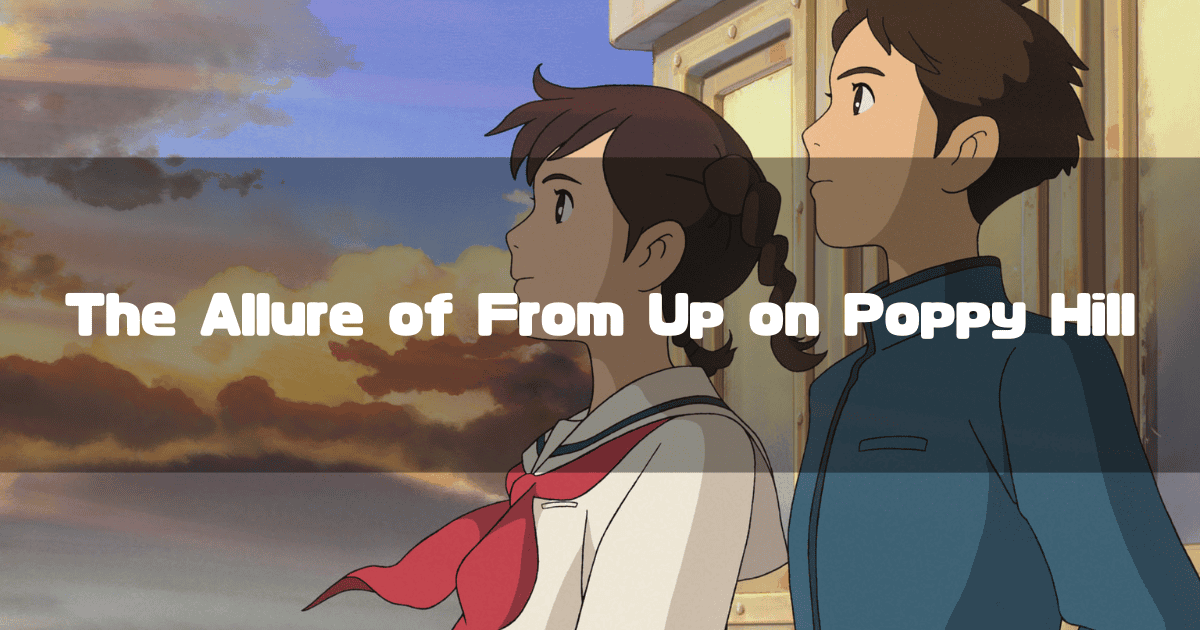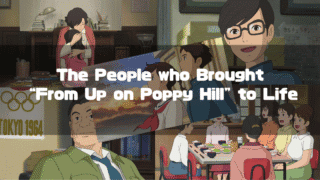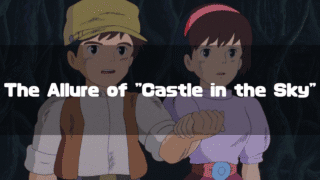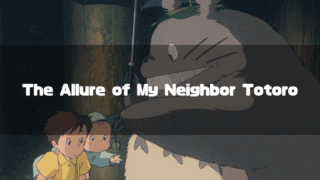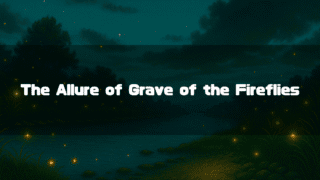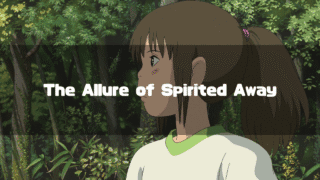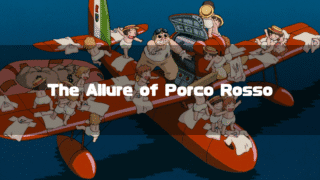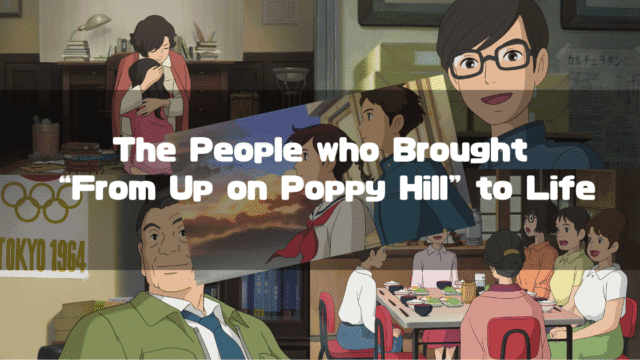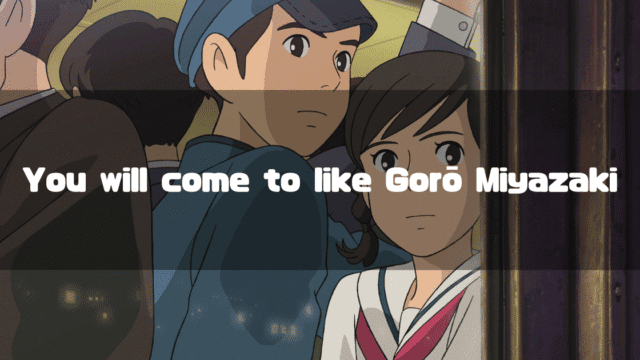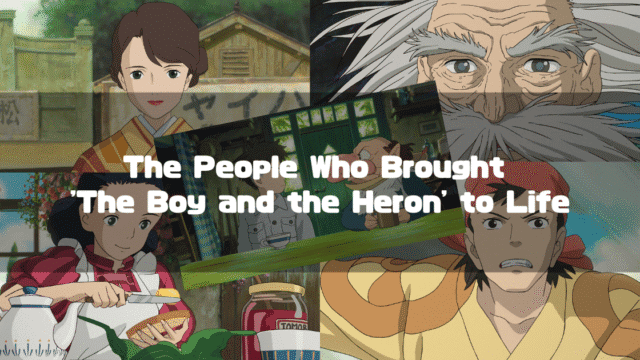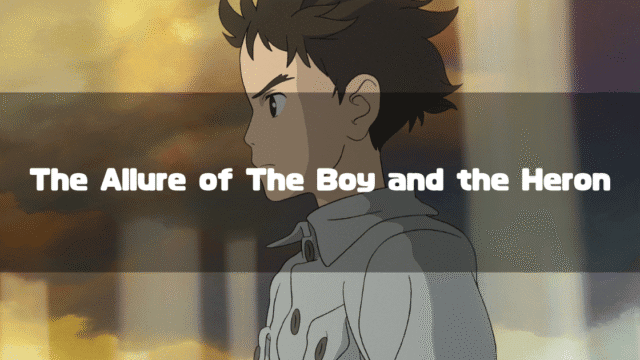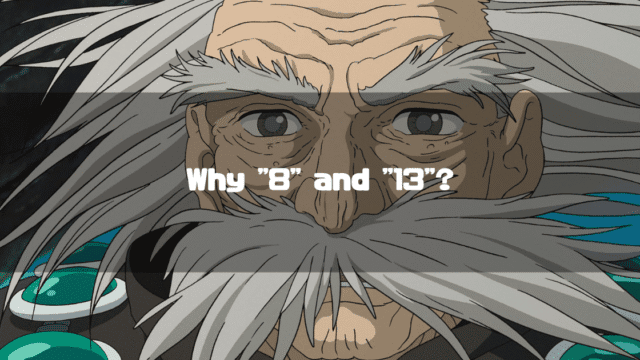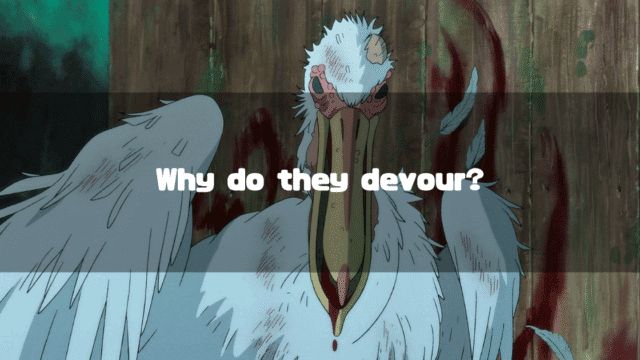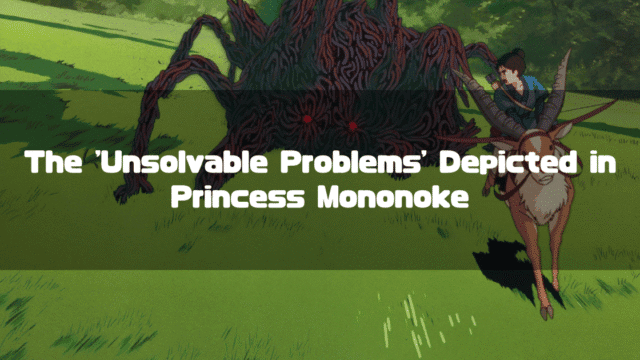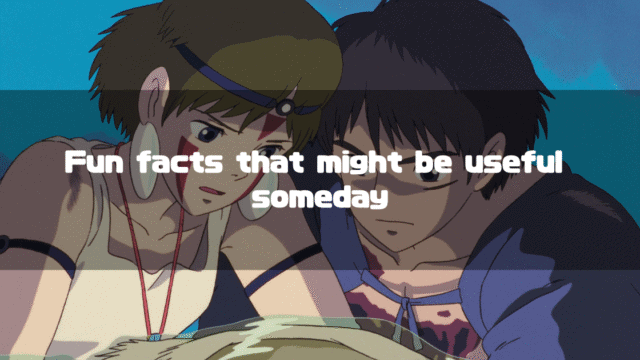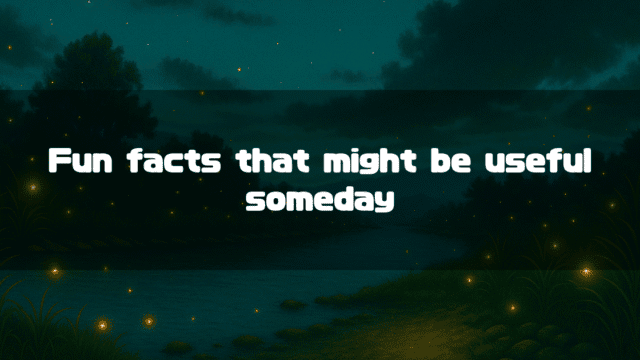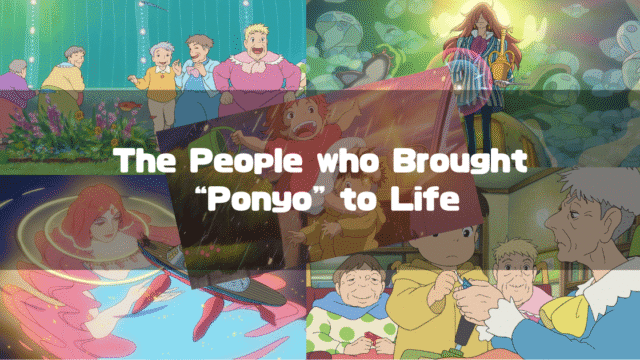“From Up on Poppy Hill(Official Studio Ghibli)” is an animated feature film directed by Gorō Miyazaki, released on July 16, 2011. The screenplay was written by his father, Hayao Miyazaki, making it the first “Miyazaki father-son collaboration.”
I remember going to see it when it was released, without any particular expectations, but I clearly recall leaving the theater with the feeling that “I’ve just seen something wonderful.”
This time, I’d like to write about the synopsis and highlights of “From Up on Poppy Hill.” However, when I say synopsis, I’m going to spoil everything, so if you dislike spoilers, please read only partway through and then watch the movie.
*This article is an English translation of the original Japanese article, “「コクリコ坂から」のネタバレあらすじとその面白さ-人物相関図付きでラストまで解説-“
Let an AI walk you through the highlights of this post in a simple, conversational style.
- Detailed Synopsis
To summarize the plot: “High school students Umi and Shun meet and are drawn to each other, but they suffer when they learn Shun might be Umi’s brother. A reunion with someone who knows the truth reveals Shun’s real father, and with the misunderstanding cleared, the two find hope again.” We provide a more detailed synopsis and an explanation of the story. - The Making-Of Documentary “The Two of Them”
The documentary about the making of “From Up on Poppy Hill,” titled “The Two of Them,” carefully depicts the tense relationship and conflicts between the father and son, Gorō and Hayao Miyazaki. It clearly shows how the production background of the film links to the work’s message. - “Confronting the Past” Symbolized by the Depiction of the Flags
Umi’s figure, finding hope in the present and future while still bound by the past, quietly moves the viewer. The direction, which makes the foreshadowing seem “unresolved,” is masterful. - The Sentiments for Yasuyoshi Tokuma Behind Setting the Stage in Kanagawa
Since Chairman Tokumaru is modeled after Yasuyoshi Tokuma, the film carries the meaning of a requiem for him, and deep intentions can be read into the setting and character designs.
“From Up on Poppy Hill” Synopsis (Spoilers Ahead)
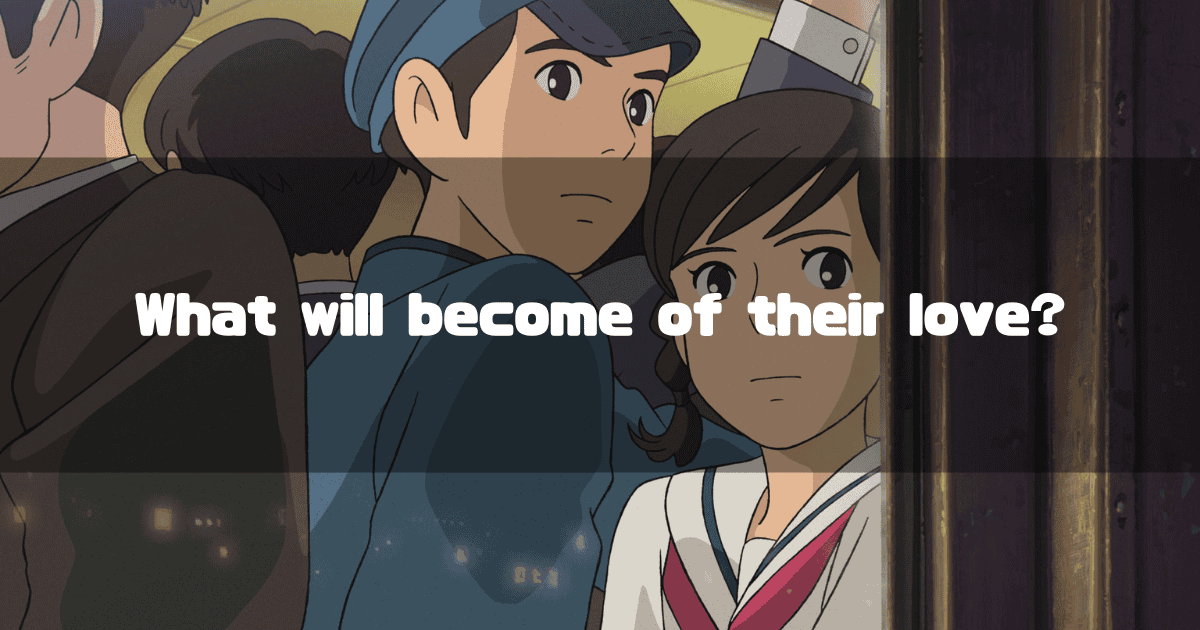
Quick Summary
A brief summary of the key points of “From Up on Poppy Hill” is as follows:
-
Protagonist: Umi Matsuzaki
The story’s protagonist is Umi Matsuzaki, a second-year high school student who also manages the household chores at the “Coquelicot Manor” boarding house. -
Father’s Death and Mother’s Studies Abroad
Umi’s father has passed away, and her mother is studying in the United States. -
Protest Against Demolishing the Latin Quarter
At her high school, a movement is underway to protest the demolition of the culture building “Latin Quarter,” during which Umi meets a male student named Shun Kazama. -
Shun’s Secret
Shun is not blood-related to his current parents and was told by them that he was the child of a man named Sawamura, a friend from their military days. -
A Harsh Truth
However, Sawamura is Umi’s biological father, and Umi and Shun, who have already fallen for each other, are confronted with this harsh reality. -
The Real Father and the Story’s Conclusion
Although the two decide to suppress their feelings for a time, a man named Onodera, another close friend of Sawamura from his military days, reveals that Shun is actually the child of a man named Tachibana, and the story concludes.
Explanation of Story
If I were to sum up the story of “From Up on Poppy Hill” in one phrase, it would be “a story of a harsh love between a boy and a girl.” But what truly strikes a chord is the fact that their lives were connected by people who lived earnestly through the harsh conditions of war, and the sight of Umi and Shun growing up splendidly, as if in response to the wishes of those people.
Furthermore, “From Up on Poppy Hill” is a collaborative work between director Gorō Miyazaki and screenwriter Hayao Miyazaki, a father and son. Perhaps Hayao Miyazaki had a desire to pass something on to his son through this work. This would overlap with the feelings of the people who desperately connected lives in “From Up on Poppy Hill.”
With that said, let’s take a more detailed look at the synopsis of “From Up on Poppy Hill.”
The Two Meet
The protagonist of the story is Umi Matsuzaki, a second-year high school student. She was a boarder at “Coquelicot Manor.” That morning, too, Umi was briskly preparing breakfast. After finishing breakfast with the unique residents of Coquelicot Manor, Umi headed off to school with a smile, just like any other day.

Meanwhile, the young man of destiny was heading to school by boat.
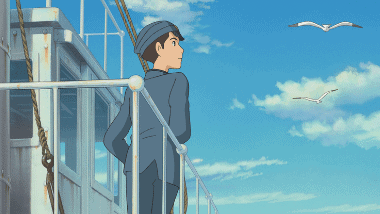
It was a normal day at Umi’s Konan Academy High School, but an incident occurred during lunchtime. A male student, in protest of the “Latin Quarter demolition,” attempted to dive from the school building’s roof into a small water tank.
Umi, who witnessed the scene up close, walked over to the male student who had landed safely.
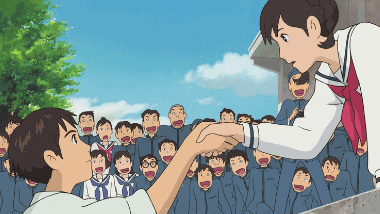
The male student was unharmed, but the sight of Umi lending him a hand seemed to symbolize the “Latin Quarter struggle.”
The “Latin Quarter” was a building that housed various club rooms, but it was aging, and the school administration was planning to tear it down. The students who had their club rooms in the Latin Quarter were opposed to this.
After school, Umi visited the “Latin Quarter” with her younger sister. Deeply impressed by the lunchtime incident, Umi’s sister had come to get an “autograph” from the male student in question. The student who had shown such daring courage was from the newspaper club.

His name was Shun Kazama. He was in the middle of preparing the next issue’s mimeograph stencil, but Shun, who had been injured in the daytime incident, was struggling a bit.
After getting an autograph from Shun, Umi’s sister was shown around the Latin Quarter by another newspaper club member, Shirō Mizunuma, but Umi decided to help Shun.
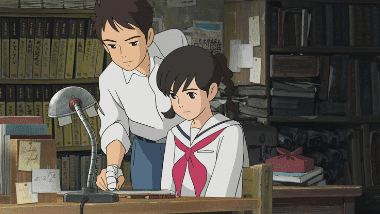
Umi, a quick learner, handled the task adeptly and headed home after finishing the work.
Back at Coquelicot Manor, Umi immediately started preparing dinner but realized she was short on ingredients. As she hurried out to shop, Shun, on his way home, coincidentally appeared before her. Since they were heading in the same direction, Shun offered Umi a ride.
After finishing her shopping, Umi received a share of the croquettes Shun had bought. For Shun, who was returning home by boat, it was an important croquette to stave off his youthful hunger.
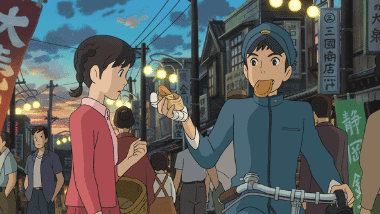
For Umi and Shun, who were living their challenging yet unchanging days, that day seemed to have become a special one.
Harsh Reality
A dinner party was planned at the female-dominated Coquelicot Manor to invite the “men.” The members of the newspaper club were also invited, but the gathering was also a protest meeting against the board of directors regarding the “Latin Quarter.” For Shun and Mizunuma, it was an important meeting to learn what they should do to preserve the Latin Quarter.

During the lively party, Umi showed Shun a photograph of her late father. It was a picture taken with three of his friends from his navy days. Umi showed it to Shun, saying it was her favorite photo, but Shun was shocked by her father’s name: “Yūichirō Sawamura.”
After the party, Shun returned home and looked at the same photograph Umi had. Shun’s father, “Akio Kazama,” was also in the picture. Yūichirō Sawamura and Shun’s father had been best friends.
However, Akio Kazama was not Shun’s biological father. Shun was an infant that Yūichirō Sawamura had brought to Akio’s house one night. Kazama’s wife, who had been unable to have children, immediately took the baby in her arms and decided to raise him as her own.
Shun’s parents had not hidden this fact, and Shun knew that his real father was Yūichirō Sawamura. Shun had to accept alone the fact that the woman he was beginning to fall for was, in fact, his sister.
The next day, the signal to prevent the demolition of the Latin Quarter was raised. It began with a “big clean-up” of the building. There were two strategies the students could take to stop the demolition: to prove that despite its age, it was a beautiful place that connected cultures, and to appeal this to the chairman of the board.
First was the big clean-up of the Latin Quarter. Umi also participated, but it seemed Shun was avoiding her.
Umi herself was attracted to Shun and couldn’t accept his attitude. It might have been the flip side of “affection,” but when Umi expressed her dissatisfaction, Shun told her the truth.
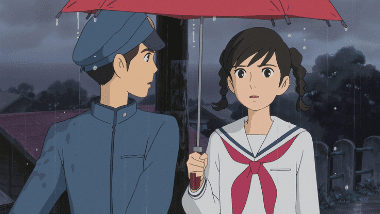
In that moment, Umi was bewildered to learn that their feelings for each other must not be fulfilled. At the same time, faced with this reality, the two could do nothing but continue their relationship “as before.” As very good friends.
The Escape
As the big clean-up of the Latin Quarter reached its climax, Umi, Shun, and Mizunuma went to make a direct appeal to the chairman to save the building. The three didn’t have an appointment, but the chairman spared a little time for them after they waited patiently.
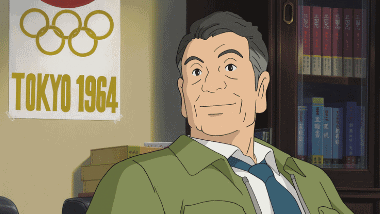
After their persuasion, the chairman promised to inspect the current state of the Latin Quarter after the clean-up. Contrary to their expectations, the chairman was a very good-natured person.
On the way back, Mizunuma, seemingly taking a hint, went home by a different route from Umi and Shun.
On their way home together, Umi and Shun talked about many things, including their futures. It was a very precious time, but the time to part came.
Although Umi had been told by Shun that they were related by blood, she confessed her feelings, saying, “I still love you, Shun.” To those words, Shun replied, “I love you too, Umi,” and the two parted.
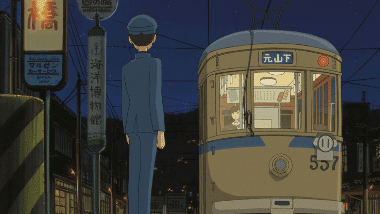
When Umi returned home, she saw a familiar pair of shoes. Her mother had temporarily returned from her studies in America. The whole family rejoiced at her return, but Umi had something she needed to ask her mother.
Umi quickly told her mother about the turmoil in her heart that she couldn’t process.
Her mother gently began to tell Umi a story from the past. When Umi was still in her womb, her father, Yūichirō Sawamura, suddenly came home holding a baby. The child belonged to his close friend, “Hiroshi Tachibana.” Tachibana had died in a maritime accident, leaving the child behind, and Shun’s mother had also passed away during childbirth. Unable to rely on relatives affected by the atomic bomb, Yūichirō took Shun in and registered him as his own child (what a man!).
Even after hearing this story, the doubt of “blood connection” remained in Umi’s mind. Umi then asked her mother, “What if that boy was Father’s child?”
To this, her mother replied, “I’d like to meet him. Does he look like the person in that photo?” (Well played!). At these words, Umi burst into tears. Her mother, realizing what had happened to Umi in her absence, gently hugged her. Umi was finally able to cry in her mother’s arms.
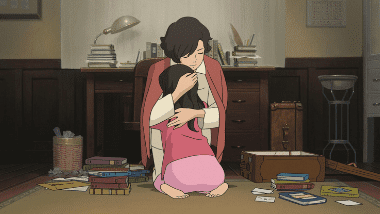
The next day, Umi went to school looking somewhat refreshed, but there was an important matter at hand. The chairman was visiting the Latin Quarter.
The Latin Quarter, having undergone a massive cleaning effort, had regained its beauty despite its age and was persuasive enough to convince the chairman.
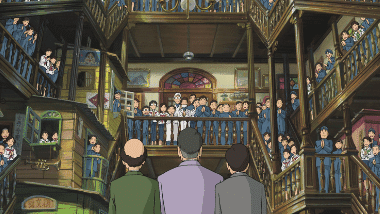
Chairman Tokumaru inspected the reborn building while talking with the students who inhabited the Latin Quarter. Just then, Shun received a phone call.
The caller was Shun’s father. Umi’s mother, having seen Umi’s state, had contacted Shun’s father to ask about the truth of the matter. Shun’s father, realizing the gravity of the situation between the two, informed Shun that the other person in the photo they both had, “Onodera,” was at the port. He might know the truth. But the ship captained by Onodera was about to depart.
At that moment, Chairman Tokumaru, considering the situation of the Latin Quarter, promised its preservation. Perhaps he had already decided this when he met the three of them.
In that instant, Shun pulled Umi out of the Latin Quarter.
The sudden event caused a stir in the Latin Quarter, but when Mizunuma announced, “A serious life event has occurred for the two of them,” the chairman laughed and said, “An escape, is it!” affirming the breath of youth (bravo!).
Umi and Shun desperately headed for the port.
In the nick of time, they managed to meet the man named “Onodera.” And it was confirmed that Shun was indeed “Tachibana’s” son.
Onodera said that if he were in Sawamura’s position, he would have done the same thing, and he rejoiced with tears in his eyes at being able to meet the two children.
A new future awaits the two who now know the truth. In the midst of great confusion, what kind of days will these connected lives spend? We can only pray for their happiness.
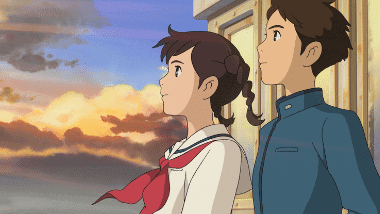
That’s the synopsis of “From Up on Poppy Hill.” Well, I often find myself drinking when I watch this film, and I always end up crying at the end. I wonder if everyone else is the same? I’m sure some find it silly, but I love this work.
Next up, my personal highlights of “From Up on Poppy Hill.”
The Appeal of “From Up on Poppy Hill”
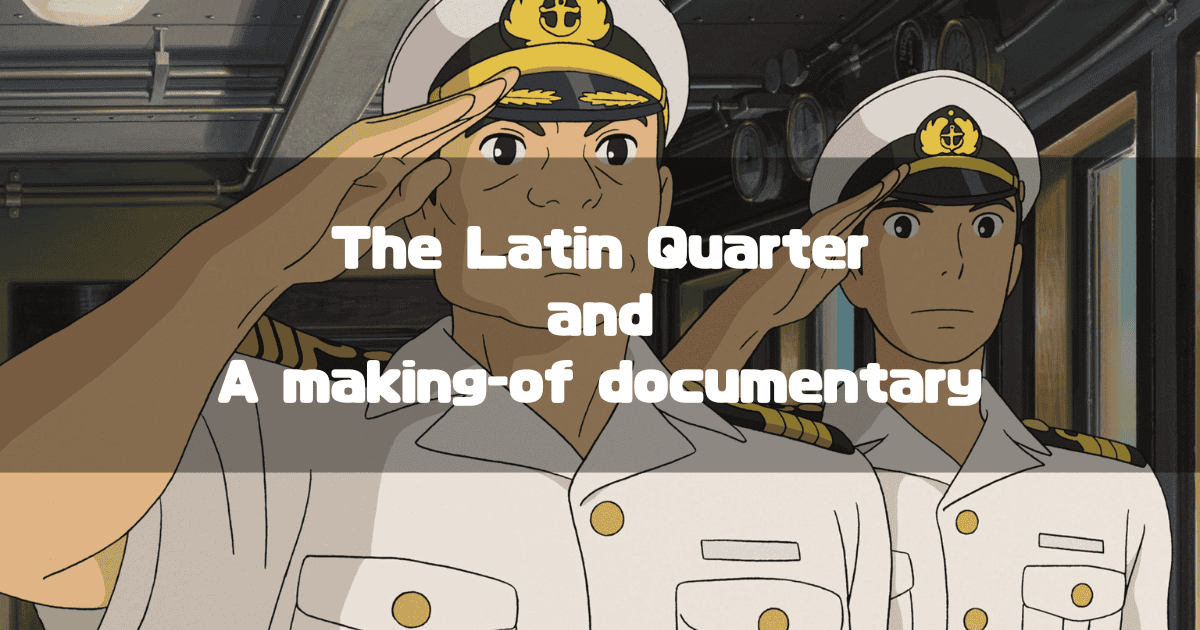
The Documentary “The Two of Them” is More Interesting Than the Main Feature
There is an NHK documentary about the making of “From Up on Poppy Hill.” It’s called ” The Two of Them / Poppy Hill: A 300-Day War Between Father and Son(ふたり/コクリコ坂・父と子の300日戦争, in Japanese),” and it’s centered around the “conflict between Gorō Miyazaki and Hayao Miyazaki,” and it’s incredibly interesting.
From the beginning of the documentary, it depicts “Gorō Miyazaki, who absolutely refuses to show the storyboards to his father,” and “Hayao Miyazaki, who can’t help but worry about the film’s progress.” Their exquisite sense of distance is both thrilling and amusing, making the entire documentary a highlight.
However, the wonderful thing about this documentary is that after watching it, you come to like director Gorō Miyazaki a little bit more. The sight of director Gorō Miyazaki desperately trying to complete the storyboards and director Hayao Miyazaki still trying to convey something feels very close to what was depicted in “From Up on Poppy Hill.”
In that vein, the following article reconsiders “From Up on Poppy Hill” while incorporating impressions from the documentary.

I love the main film as it is, but I highly recommend watching the documentary at least once.
Why Clean the Latin Quarter?
In the main story of “From Up on Poppy Hill,” what captures our hearts and doesn’t let go is the “Latin Quarter.” How wonderful would our youth have been if we could have done our club activities in a place like that?
In the film, everyone worked hard to clean it to prevent its reconstruction, but what was that all about? Why did the Latin Quarter appear in that work in the first place? The Latin Quarter is an object that does not appear in the original manga. And what did it mean for it to be cleaned? I’ve summarized my personal thoughts on this in a part of the following article.

Foreshadowing That’s Resolved by Seeming to Be Unresolved
I think there are several moving points in the story of “From Up on Poppy Hill,” and one of them is the sight of Umi raising the flags at the end of the story.
For Umi, “raising the flags” is an act of remembering her deceased father, and in a sense, it’s an act of being dragged into the past. Her grandmother, seeing this, said:
“I wish you’d find a wonderful person, so you wouldn’t have to raise the flags anymore.”
What we normally think when we hear this line is, “Okay, okay, Umi will find a nice person and stop raising the flags.” However, Umi never stopped raising the flags, and “From Up on Poppy Hill” deliberately concludes with that scene.
The important thing here is that while Umi’s superficial actions haven’t changed, there is a change in her inner truth.
In other words, at the start of the story, Umi raises the flags because she is being pulled back by her father, by the past, but at the end of the story, those flags are also being raised for Shun, for this very moment.
In the end, the grandmother’s words are left unresolved, but we are struck by the sight of Umi living in the present.
Why is the Setting Kanagawa?
The setting of the movie “From Up on Poppy Hill” is Kanagawa (Yokohama). The original manga had a vague setting, but Hayao Miyazaki, who wrote the screenplay, clearly established the setting as Kanagawa.
Why is this?
Of course, various reasons can be considered, but one reason is believed to be the existence of Yasuyoshi Tokuma.
Yasuyoshi Tokuma was the first president of Tokuma Shoten and a key figure in the establishment of Studio Ghibli. He passed away in 2000.
Yasuyoshi Tokuma was quite a shrewd man with many anecdotes to his name. In the 1980s, he became the chairman of the board of his alma mater, Zushi Kaisei Junior and Senior High School. The chairman in “From Up on Poppy Hill,” Tokumaru, is clearly modeled after Yasuyoshi Tokuma. As the tweet below states, he was indeed the model.
#徳丸財団 の実業家・ #徳丸理事長 にはモデルがいます。それが、#徳間書店 を創業し、#スタジオジブリ の初代社長でもあった #徳間康快 さん。声を担当した #香川照之🗣さんは徳間社長の追悼映像🎞を見て徳丸理事長のしゃべり方を研究したそうです🧐#金曜ロードSHOW#コクリコ坂から pic.twitter.com/l5XDJb7eN8
— アンク@金曜ロードショー公式 (@kinro_ntv) August 21, 2020
Businessman Chairman Tokumaru of the TokumaruFoundation(徳丸財団) is based on a real person: Mr. Yasuyoshi Tokuma(徳間康快), the founder of TokumaShoten(徳間書店) and the first president of StudioGhibli. The voice actor, Teruyuki Kagawa(香川照之), reportedly studied Chairman Tokumaru’s way of speaking by watching a memorial video of President Tokuma.
The image of Chairman Tokumaru that Umi, Shun, and Mizunuma saw might have been Yasuyoshi Tokuma as Hayao Miyazaki saw him (though the director was Gorō Miyazaki, the screenplay was by Hayao Miyazaki). And “From Up on Poppy Hill” might have been a “requiem” for Yasuyoshi Tokuma. I personally believe that this was also a reason for setting the stage in Kanagawa (it’s not Zushi, probably to avoid being too “obvious”).
Whatever the truth may be, I kind of want to become an “adult” like Chairman Tokumaru.
The images used in this article are from “Studio Ghibli Works Still Images“.
About the Author
Recent Posts
- 2025-09-16
Maleficent: Full Synopsis and Analysis – A Tale That Complements and Corrects the “Questionable Points” of Sleeping Beauty - 2025-09-15
An Analysis of Disney’s “Sleeping Beauty”: Plot Spoilers, Its Enduring Charm, Lovable Nitpicks, and Differences from the Original Tale - 2025-09-06
The Boy and the Heron: Characters, Voice Actors & Analysis - 2025-09-06
The Boy and the Heron: Full Synopsis & Analysis (Spoilers Explained) - 2025-09-06
The Boy and the Heron: The Amusing “Fraud” Legends of Toshio Suzuki, the Model for the Gray Heron – The History of the Masterful Skill that Supported Studio Ghibli –

